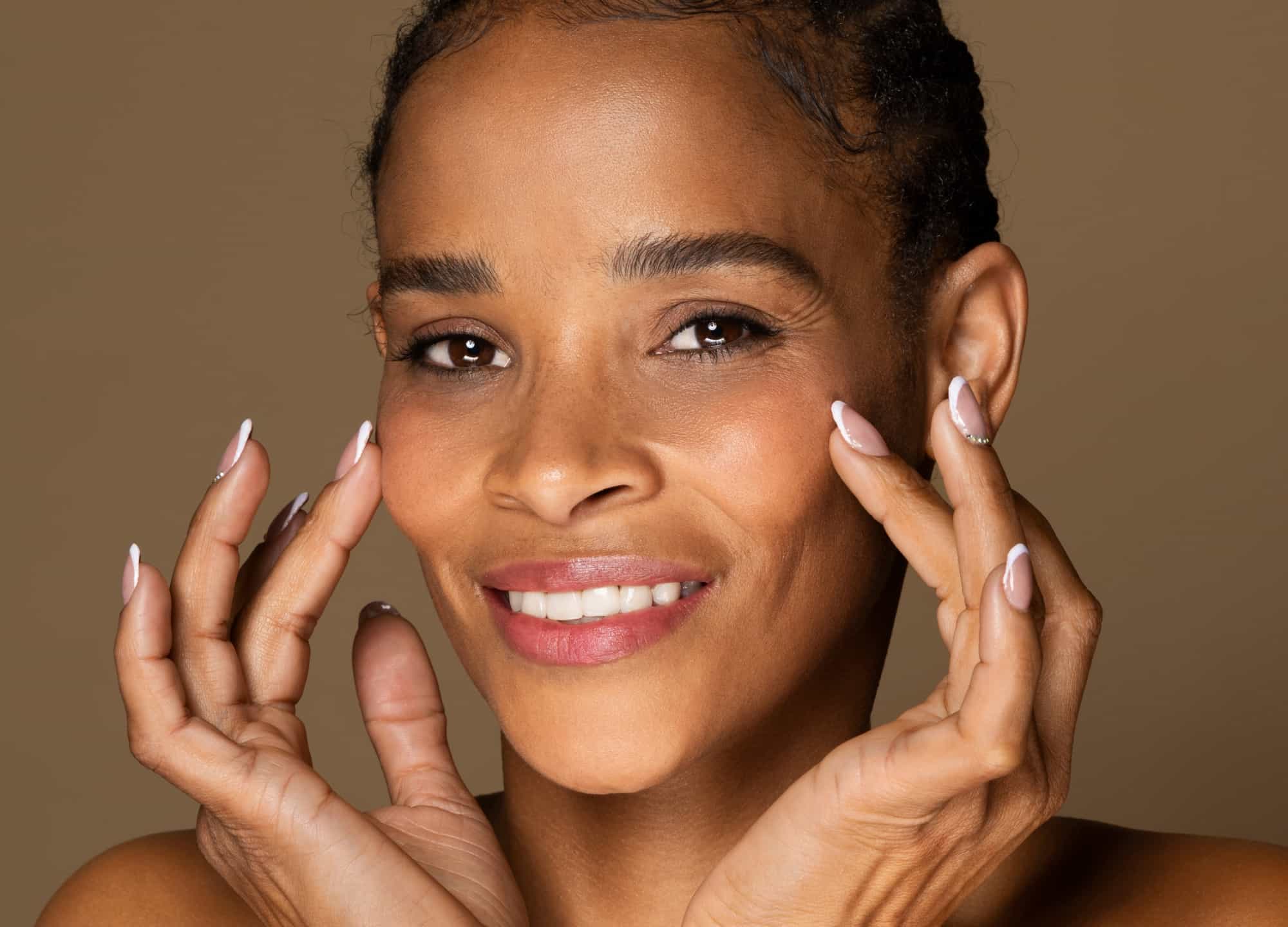Featured Experts
Dr. Steven Williams, a board-certified plastic surgeon in Dublin, California
Dr. Mansher Singh, a board-eligible plastic surgeon in New York City
Dr. Michelle Hardaway, a board-certified plastic surgeon in Farmington Hills, Michigan
Dr. Carl Truesdale, a board-certified facial plastic surgeon in Beverly Hills, California
It wasn’t that long ago that plastic surgery was only associated with one, very particular, type of patient—an older, wealthy, white woman. (Cue the Joan Rivers imagery.) But with every passing year, it becomes increasingly universal, no longer relegated to any one age group, socioeconomic status, gender, or race. “We’re seeing the diversification and democratization of plastic surgery. More and more people who hadn’t considered it are now seeing that it can be an option for them, a part of self-care,” says Dr. Steven Williams, a board-certified plastic surgeon in Dublin, California, adding that he’s specifically seen this among African American patients. To better understand what’s behind this shift, we tapped top BIPOC plastic surgeons to learn more about how attitudes (and surgical trends) are changing among patients of color.
The stigma has been lifted—and social media is largely responsible
It’s undeniable that general acceptance and normalization of plastic surgery have increased as of late, but Dr. Mansher Singh, a board-eligible plastic surgeon in New York City, says this holds especially true for minority patients. Why? All the experts we spoke with attributed this to social media. Simply talking about plastic surgery more on social media promotes social acceptance, Dr. Williams notes. According to Dr. Michelle Hardaway, a board-certified plastic surgeon in Farmington Hills, Michigan, it’s a primary reason patients no longer see plastic surgery as something solely reserved for the rich and famous.
That being said, celebrity influence is still important. In this case, it’s more celebrities of color being open about work they’ve had done. “We’ve previously only seen examples like Michael Jackson or Little Kim, who weren’t necessarily enviable. They were extreme and changing their ethnic features,” points out Dr. Carl Truesdale, a board-certified facial plastic surgeon in Beverly Hills, California. Now people of color have varied examples of what enhancing, rather than changing, their natural features can look like.
Patients appreciate seeing doctors like them
For good reason, there’s long been distrust of medical institutions among the Black community—and that extended to the cosmetic realm, notes Dr. Truesdale. However, the narrative is starting to change, and many patients of color appreciate having doctors who look like them. Data has shown that, in medicine in general, people feel more listened to and understood when they have a doctor who looks like them, says Dr. Truesdale. This can definitely be an impetus in plastic surgery, as patients often feel like there will be a greater interpersonal andcultural understanding, he says.
Providers have a better understanding of certain racial nuances
Providers are also getting better at listening to their patients, particularly to a patient population that’s historically been marginalized or not listened to, notes Dr. Williams. It’s a bit of a chicken-or-egg situation; this has come about as patients have gotten more comfortable at communicating and physicians simultaneously better at listening and coming up with solutions that aren’t one-size-fits-all, he says. And while this is perhaps more noteworthy in the BIPOC community, it’s an imperative part of improving the field of plastic surgery across racial lines, he adds.
As far as surgical specifics go, more providers are also understanding and acknowledging things that are unique to patients of color—for example, postoperative scarring. “With minorities, treating scarring early and aggressively yields better scar results,” notes Dr. Hardaway, who references hypertrophic scars, keloids, and hyperpigmentation as potential pitfalls. There are also higher rates of comorbidities such as hypertension and diabetes in the black community, so making sure overall health is optimized prior to surgery is also paramount, says Dr. Truesdale.
Facial surgeries are on the rise
There are also some unique trends as pertains to specific surgeries. Dr. Hardaway notes that BBLs, which have historically been very popular in the black community, are decreasing in popularity. Dr. Singh adds that he’s seeing a shift away from these and other body-centric procedures and toward facial surgeries (facelifts specifically), adding that he’s had an increased number of BIPOC facelift patients even in the past year. This triggers a snowball effect: the more people of color see great facelift results on patients who look like them, the more people are motivated to consider one, he says.
Dr. Truesdale agrees that facelifts are trending. “The idea that ‘black don’t crack’ is changing. There are differences in the skin and how it ages and yes, melanin is a protective factor against fine lines, but that’s not what stops someone from needing a facelift. Gravity working on the tissue is a universal sign of aging,” he says.
What the future holds
Of course, the goal is for all patients, no matter their skin tone, to receive excellent treatment, notes Dr. Truesdale. Given the increasing rates of people of color undergoing plastic surgery and certain nuances that come along with that, doctors must continue to evolve. “It’s a call to action for providers to learn more about specific issues, patient preferences, and how to effectively communicate with them about their concerns and how they can improve their life,” he says. It boils down to a universal plastic surgery impetus: “Everyone has the right to feel like what they see on the outside matches how they feel on the outside,” says Dr. Williams.







